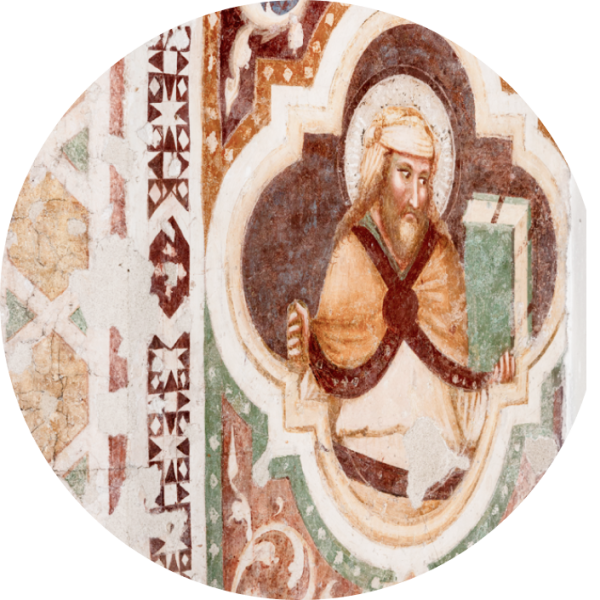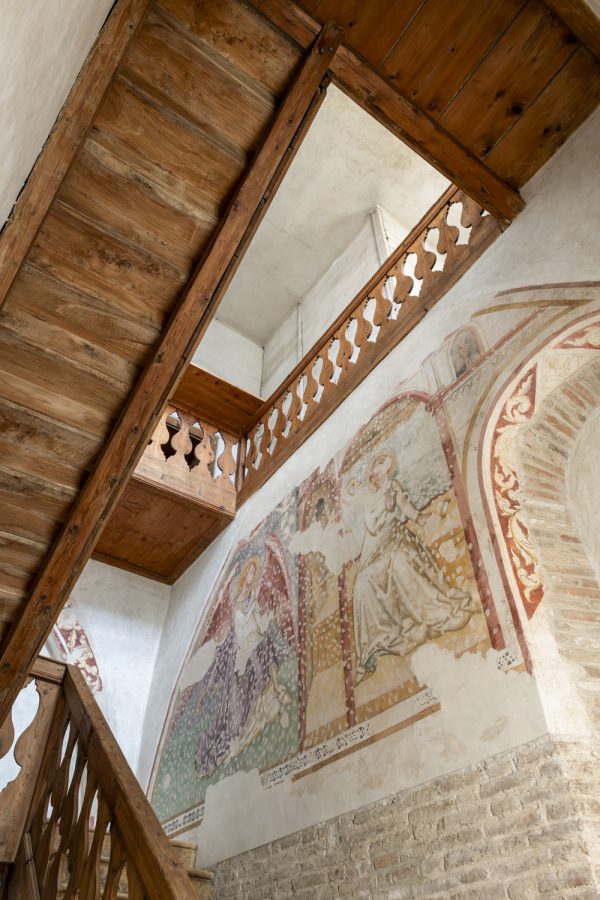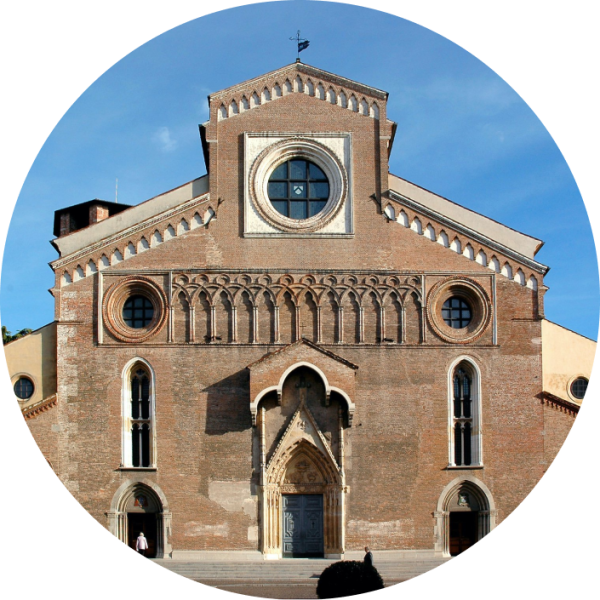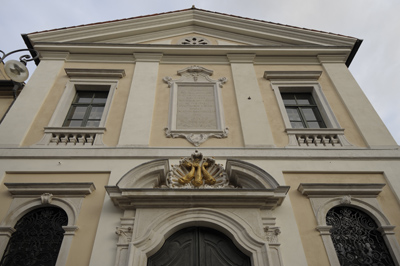The Museum of the Duomo
The Museum of the Duomo of Udine is devoted to the Blessed Patriarch Bertrand of Saint Geniès (1280 ca – 1350), who ruled the patriarchal state of Friuli between 1334 and 1350, when he was murdered by Friulian nobles who conspired against him.
He promoted a civil and moral renovation of the local area by introducing lay, religious, administrative and military institutional reforms.
He launched a process to promote the historical cultural and identity value which included the establishment of a university in Cividale del Friuli. The museum comprises a significant memory of his patriarchate and a demonstration of its prominence.
The buildings that make up the museum host two particularly relevant cycles of frescoes painted by Vitale da Bologna between 1348 and 1349. Patriarch Bertrand asked the artist to come to Udine, thus starting a renovation period in Friulian painting. The rooms also feature other frescoes from different periods, which depict liturgical themes and figures.
The Baptistery, established at the initiative of the Blessed Bertrand in 1348, houses the marble tomb of the patriarch, a valuable sculpture work commissioned by himself in 1350 for the Basilica of Aquileia, in order to keep the relics of the Saints Ermagora and Fortunato. In 1353, it was decided that the sarcophagus should be used for the mortal remains of the Blessed Bertrand.
The Museum displays the funerary goods of the Blessed Bertrand, which include rare textiles from the 13th and 14th centuries, as well as a set of sacred and secular artefacts in gold which date back to the period going from the 14th century to the 17th century, created out of devotion to the patriarch.
They include an interesting relic-brooch of Saint Elizabeth of Hungary, a gift from Emperor Charles IV of Luxemburg which dates to 1368.
The upper halls, which can be visited on request, display works and artefacts that document the evolution of the Duomo from its origins to the 18th century.
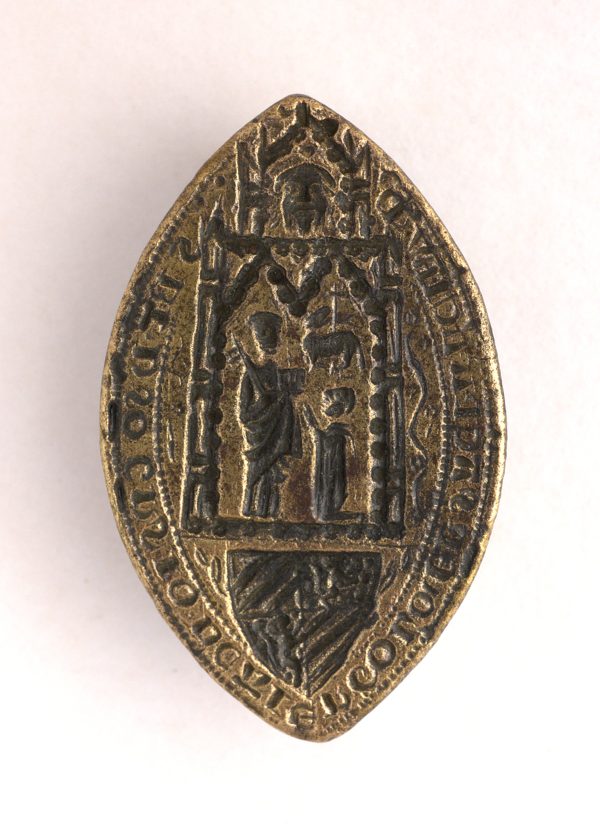

 English
English

